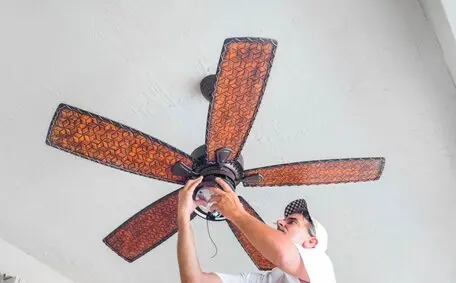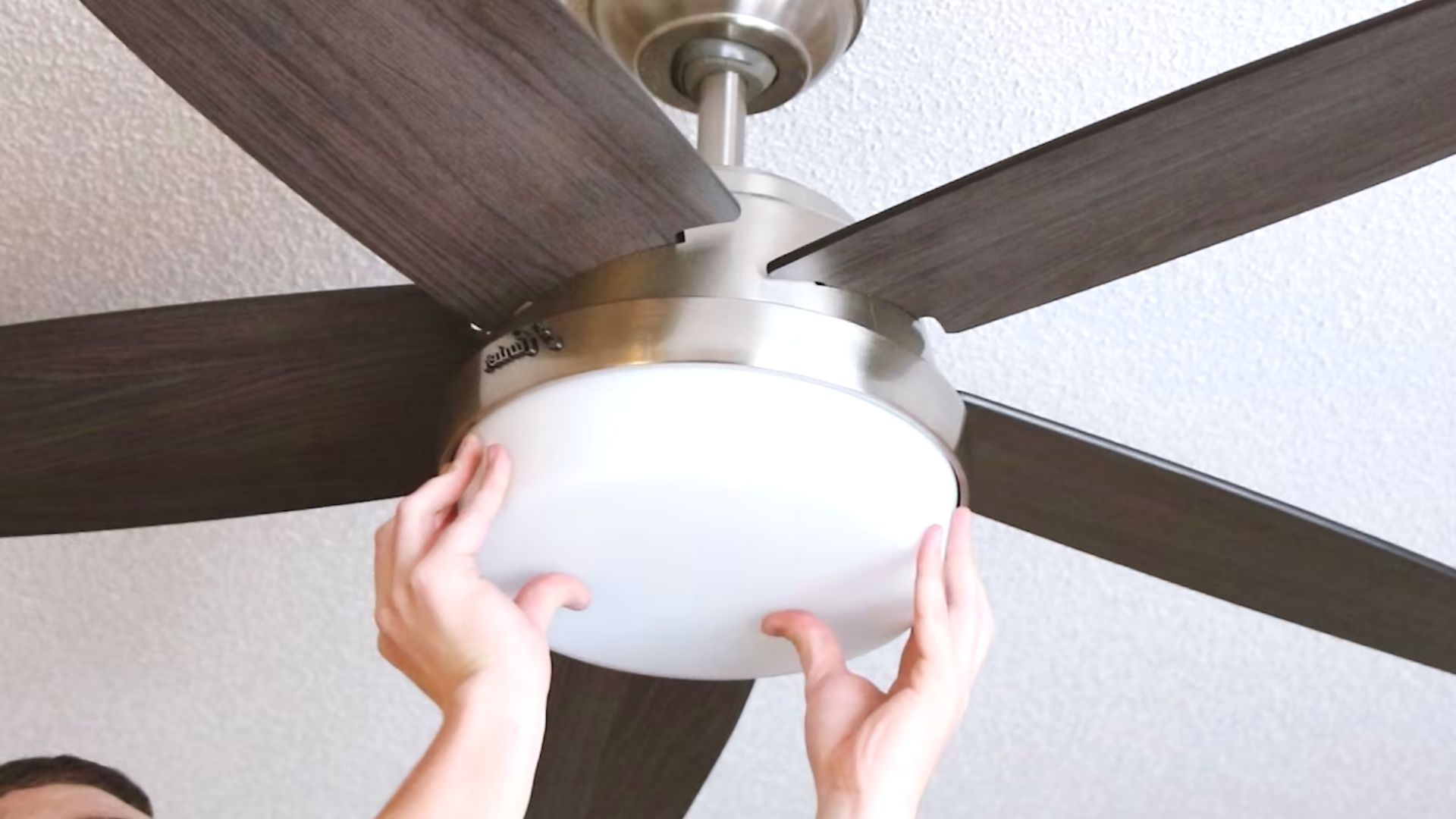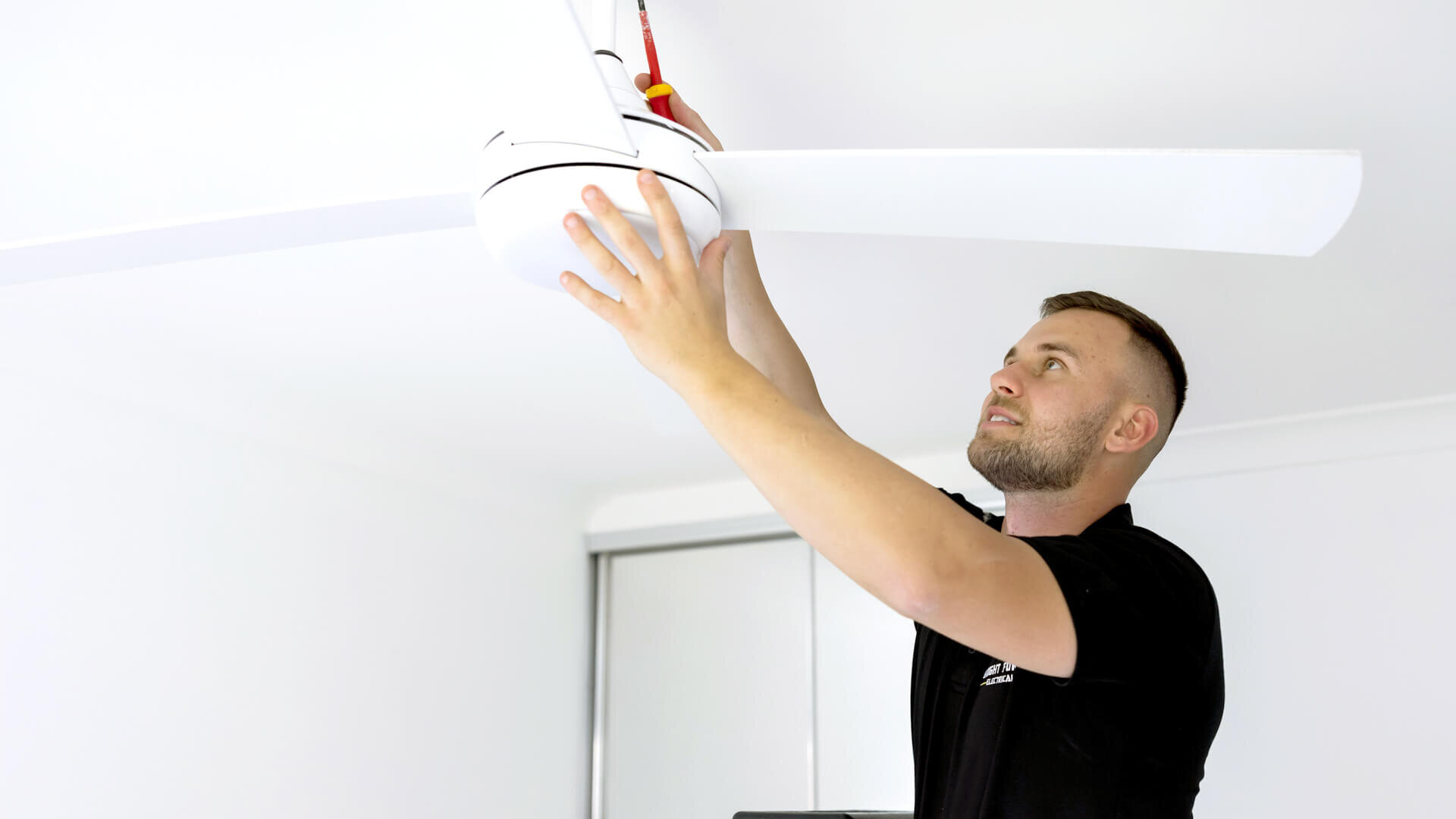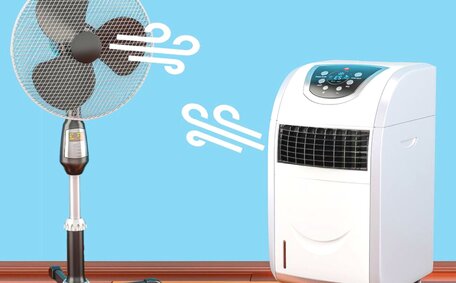
How To Install Ceiling Fans
Learn how to install a ceiling fan with our comprehensive step-by-step guide. Ensure a safe and efficient installation process while enjoying the benefits of a comfortable and stylish home environment
Read MoreIn Australia, ceiling fans are used all year round, but how much do they cost to run?
If you don’t have a ducted air conditioning system, a ceiling fan is a must-have for beating the summer heat. They also work wonders to keep your home cosy during winter.
While a ceiling fan doesn’t quite match up to a split system air conditioner in output and features, its energy efficiency can significantly cut your energy costs. This way, you can save energy and a good amount of money on your bills, regardless of the season.
The question arises: how much electricity does a ceiling fan use during an Australian summer? So, before installing your new ceiling fan, we’ve researched the numbers to discuss the ceiling fan’s running energy costs.
So, without further ado, let’s roll!

The cost of running a ceiling fan depends on factors such as fan speed, how often you use it, and the electricity you pay. Like other electrical devices, a ceiling fan’s power consumption is all about the watts it uses. A larger, faster-spinning fan will use more watts, potentially bumping your electricity bill.
An average fan, operating for about eight hours daily, costs approximately $0.99 to $10.71 to run for 90 days. However, these numbers are bound to vary based on the fan motor, size, and speed. So, we’ve discussed the costs of running a DC motor, an AC motor, and a ceiling fan separately. Let’s take a look!
A DCerage indoor fan with a DC motor usually has a blade size between 48 and 52 inches and a fan speed ranging from 3 to 5. It also has a maximum power output of 58 watts. If your electrical usage rate is 25.6 cents/kWh, it’ll cost around $0.99 to run the fan at a low speed for eight hours a day all summer.
At the same time, if you choose to run the fan at a medium speed, ceiling fans consume $2.88 for the entire season. However, the cost will be around $5.04 if you run the energy-efficient fan at high speed.
As the fan’s speed escalates, a corresponding increase in power consumption is observed, leading to higher electricity costs. So, even if your electricity usage rate and fan size remain constant, the fan speed and hourly usage change can impact the overall cost throughout the summer.
FAChose with an A.C. fan, electricity cost might exceed those of D.C. fans, comparable to DC ducted systems, even if your electricity usage rate stays at 25.6 cents/kWh. Running an AC fan at a low speed for ACght hours per day for a season (90 days) will cost around $3.15.
On the other hand, the running cost will increase to $7.02 if you run the fan at a medium speed. At high speed, the running cost of the fan is a maximum of $10.71, which makes it significantly expensive compared to a DC motor fan.
However, the tDC discrepancy in running costs between AC and DC fans can be attributed to the fact that AC fans require more electricity. AC fans consume more power than DC fans, leading to high running costs. So, always consider the possible running costs before installing a brand-new fan.

Running a single ceiling fan might not seem too costly, especially on low or medium speed. However, in many homes, several fans, often one in each room, operate on high speed for over eight hours a day in summer.
In these cases, you can expect a rise in your running costs and electricity bills, highlighting the need for energy efficiency. So, choosing a ceiling fan with low running costs is key. Opting for a high-speed fan that uses about 60 to 100 watts could cost you approximately $42 annually.
However, if you choose any average indoor ceiling fan, it’ll consume 30 to 50 watts. So, your running costs will automatically decrease. We’ve calculated all these numbers, assuming the fan will run for several hours daily.

The difference is quite staggering when comparingthe running costs of a ceiling fan to an air conditioner. Operating the most robust ceiling fan typically costs only a few cents per hour, contrasting with the average cost of running ducted air conditioning, which rangesfrom $0.25 to $0.35 per hour.
Air conditioners are far more efficient at keeping a room cool and comfy than ceiling fans. However, running an air-con for hours daily can lead to a huge electricity bill. So, on days that aren’t scorchingly hot, sticking with a ceiling fan is wise to help save a few hundred dollars on your energy bills.
Australia’s unpredictable weather can be harsh, so planning to install a new ceiling fan makes perfect sense. Hopefully, after reading this article, you’ll be more transparent about ceiling fan running costs.
Keep in mind, though, that our figures are averages. Costs may vary depending on usage hours, fan speed, motor type, and electricity rates. They’re just a starting point!
If you need assistance with ceiling fans, feel free to contact us. We are the trusted Sydney electricians at Bright Force Electrical, available 24/7 to meet all your needs!
And on that note, we’ll sign off. Take care, and see you next time!
Did you enjoy reading our article “How Much Do Ceiling Fans Cost To Run?”? We have many related articles you may also be interested in reading, like the below:
Learn how to install a ceiling fan with our comprehensive step-by-step guide. Ensure a safe and efficient installation process while enjoying the benefits of a comfortable and stylish home environment
Read MoreThis guide helps you pick the right ceiling fan size for effective room cooling. Small fans under 106 centimetres circulate air well in rooms up to 100 sqft. Medium or large fans over 52 inches are preferable for larger rooms over 144 sqft or those with high ceilings. Properly matching fan size to your room dimensions optimises airflow and comfortable cooling.
Read MoreCan’t decide between ceiling fans and air conditioners? We’ve compared the two in this informational guide to help you make the right choice!
Read MoreWe will call back as soon as possible.



